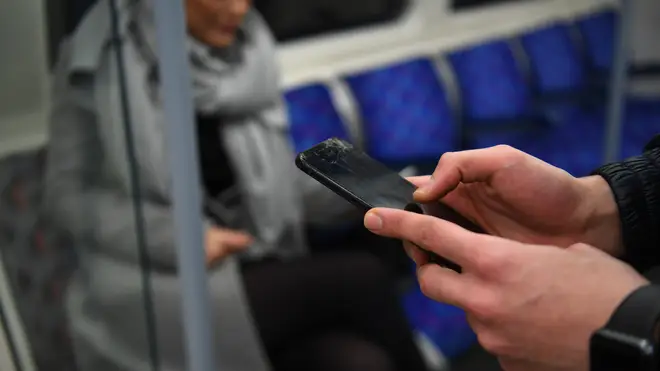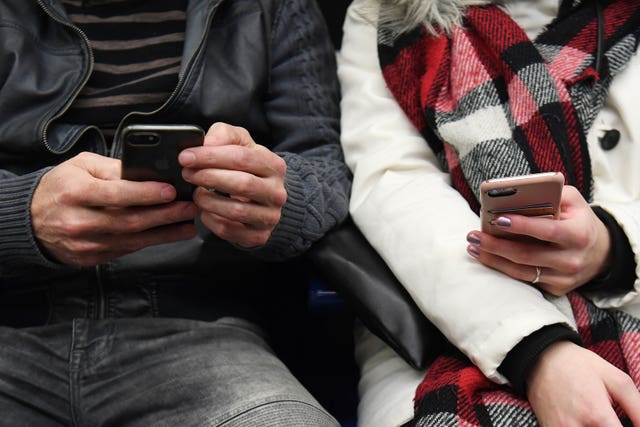
Clive Bull 1am - 4am
21 July 2021, 11:05

The suggestions were made by the Law Commission, and also include a new offence covering psychological harm.
Cyberflashing should be made a sexual offence, with a new law created covering “pile-on” harassment over the internet, the body responsible for reviewing legislation has said.
The Law Commission said existing rules governing online abusive behaviour are not working as effectively as they should, and it made a raft of recommendations.
The body said existing offences are “ineffective at criminalising genuinely harmful behaviour” and in some instances disproportionately interfere with freedom of expression.
Professor Penney Lewis, criminal law commissioner at the Law Commission said: “Online abuse can cause untold harm to those targeted and change is needed to ensure we are protecting victims from abuse such as cyberflashing and pile-on harassment.
“At the same time, our reforms would better protect freedom of expression by narrowing the reach of the criminal law so it only criminalises the most harmful behaviour.”
The recommendations to Parliament following a consultation, include amending the existing Sexual Offences Act to criminalise cyberflashing, when someone sends an unsolicited sexual image to another device nearby without their consent, for example though a file-sharing function such as AirDrop.
While cyberflashing can already be classed as a communications offence, the Law Commission said the cruel craze’s new designation as a sexual offence would ensure that “the central harm of cyberflashing – the violation of a victim’s sexual autonomy without their consent – is recognised”.
Other recommendations include a new “harm-based” communications offence, which would move the focus of any criminal action away from whether the content was offensive or indecent, and more towards its potentially harmful effects.
It suggests criminalising behaviour if someone sends or posts a communication that is likely to cause harm to a likely audience, that they intend to cause harm to that audience, and that they do so without reasonable excuse.
This would capture pile-on harassment – when a number of different individuals send harassing communications to a victim.

Other recommendations include a change to the threshold for encouraging or glorifying self-harm, to ensure that the offence targets the most serious encouragement or assistance of self-harm without unduly criminalising vulnerable people.
It suggested raising the threshold for “false communications” offences, from the purpose of causing “annoyance, inconvenience or needless anxiety” to another, to intended to cause “non-trivial psychological or physical harm to a likely audience, without reasonable excuse, which they know to be false”.
An example of this could be deliberately spreading theories about medical treatments which are known not to be true.
The Law Commission also suggested a new law criminalising the deliberate sending of flashing images to people with epilepsy with the intention of triggering seizures.
Caroline Dinenage, the digital and culture minister, said: “We are putting new legal responsibilities on social media companies to protect the British public. But we have to be confident we can hold the individuals using these sites to threaten, abuse and spread hate accountable too.
“I thank the Law Commission for its detailed recommendations which we will carefully consider as we update our laws for the digital age, protecting freedom of speech while making sure what is unacceptable offline is unacceptable online.”